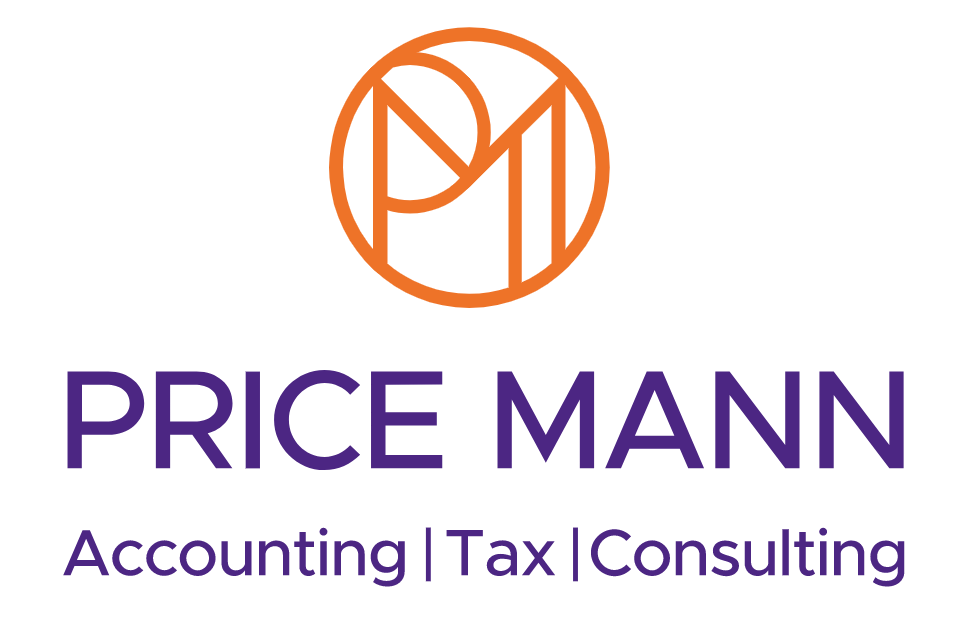Mid-year accounting review
Mid-year accounting review
Are you hitting your business goals?
We’ve over halfway through 2023, so now is the opportune moment to review your business and progress for the year. Chances are, it’s been a tough year so far: in the 12 months to May 2023, the consumer prices index of inflation rose by 8.7% and the bank rate is 5%. A skills shortage and the cost of energy continue to hurt businesses.
However, the Institute of Directors’ (IoD) index for business leader optimism stabilised at -6 in May, much improved from the -64 we saw in November 2022.
According to the IoD’s surveys, 55% of business leaders even expect revenues to rise in the year, compared to 19% who expect theirs to fall. Another 35% expect to increase their headcount in the next year, compared to 14% who expect it to reduce.
So, with 2023 still marked by an air of uncertainty, how are you going to make sure your business doesn’t just survive, but thrives in the current economic climate?
Business tax planning
Businesses face a tough tax treatment in 2023: corporation tax is higher for some companies, the income tax threshold remains frozen, and the capital gains tax and dividends tax allowances have been reduced.
Therefore, a great place to start with your mid-year review is to check whether your business is as tax-efficient as possible and create a tax plan.
Allowable expenses
Every tax plan will be different according to each business, but most can reduce their tax burden by claiming every allowable expense possible. By offsetting these against your pre-tax profit, you reduce the figure HMRC applies a tax rate to — ultimately reducing your tax bill.
To be allowable for tax purposes, expenses must be incurred “wholly and exclusively” for business purposes. So, training courses, staff expenses, stock for resale, raw materials, business travel, marketing costs, home office costs and uniforms (but not ‘regular’ clothes you wear to work) — they’re all allowable, as long as they fit HMRC’s criteria.
The most important part of allowable expenses is to ensure that your bookkeeping and record keeping is up to scratch — if you lose a receipt for an expense, for example, you’ll struggle to convince HMRC you actually purchased the item.
Capital allowances
If you purchase longer-life assets, you may be able to write off their value from your pre-tax profit through capital allowances. Some, like the annual investment allowance (AIA) and temporary full expensing scheme, allow you to claim the full amount of certain assets in the same year you purchased them.
Then there’s the writing-down allowance, which a lot of companies use if they exceed the AIA limit (£1 million) or the asset does not qualify for the AIA or full expensing. This scheme lets them claim 6% or 18% of the value of an asset each accounting year, depending on the asset. Finally, is the first-year allowance, which allows you to claim the full cost of specific assets like electric cars and refuelling equipment.
Other reliefs
Limited companies in particular stand to gain from tax reliefs, including:
- Research and development tax relief if you’re attempting to make an innovative contribution to science or technology.
- Reliefs for creative industries if you’re in the theatre, film, television, animation or video game industries.
- Disincorporation relief if you’re closing your company to become a sole trader.
- Relief if you make a loss from trading, the sale of a capital asset or property income.
There are plenty of other ways to reduce your tax liability, so make sure you seek professional advice to save more money that you can reinvest into the business.
Managing cash flow
Is cash tight at the moment? No matter how many times you’ve tried cutting costs or increasing prices to improve your cashflow, it’s always worth checking whether there’s somewhere else you can improve.
Expanding your inflow
Proper invoice management is a relatively simple way to expand your inflow. So, make sure you send your invoices right away so clients can pay you as soon as possible. You can also set early payment discounts and late payment fees. Consider adding discounts to your products, too, to turn products cluttering your shelves into cash.
Finally, if you’re expecting a temporary cashflow shortfall, you can get short-term financing, such as invoice financing, to get the money you need.
Controlling your outflow
There are many ways you can control your outflow. For instance, you can explore an alternative place of business by downsizing or adopting a co-working arrangement. Of course, there’s always working from home, too. You can also take a look at how you buy stock; big orders often come with discounts attached. If you can’t afford a big order at the moment, consider finding another business to team up with. Next, consider using part-time and freelance staff, switch from print to digital marketing and make sure you’ve cancelled all those free trials you signed up for. And above all, don’t be afraid to haggle with suppliers!
Cashflow forecasting
Creating a cashflow forecast is an essential part of cashflow management — without an idea of how much money you can expect to enter and leave your business in a period of time, how can you plan ahead? How will you spot issues early on or know the extent to which you need to employ some cashflow management techniques?
When drawing up your forecast, it always pays to create multiple with different assumptions, like a summer downturn or a higher energy bill. That way, you should be prepared for anything.
The importance of regular accounting
Good accounting is about more than submitting your annual accounts at year-end: you can also split the year into smaller ‘accounting periods’ to keep on top of your finances so you can make well-informed business decisions.
That’s essential for ambitious business owners, especially during 2023 with lingering uncertainty since Brexit and the pandemic.
Regular accounting will also give you a more balanced workload as you’ll be doing your accounting in smaller batches over the year, making your year-end accounting far simpler.
That ensures you can keep your records in order to create accurate accounts that tell the true story of your finances, reveal hidden problems and highlight potential opportunities.
Talk to your accountant
Ultimately, if you’re unsure about your business’s performance in 2023, or just want to ensure the best year possible, you should always get in touch with your accountant.
We’ll be able to give you more detail about everything we’ve talked about so far — and more.













